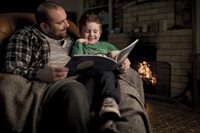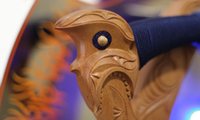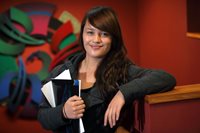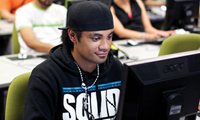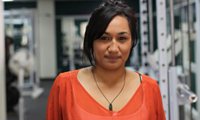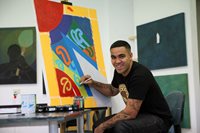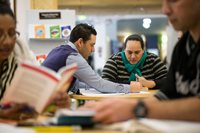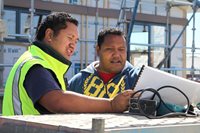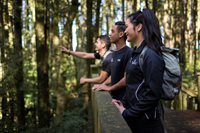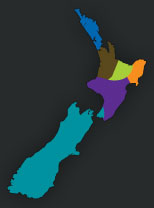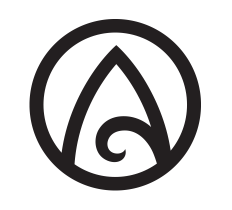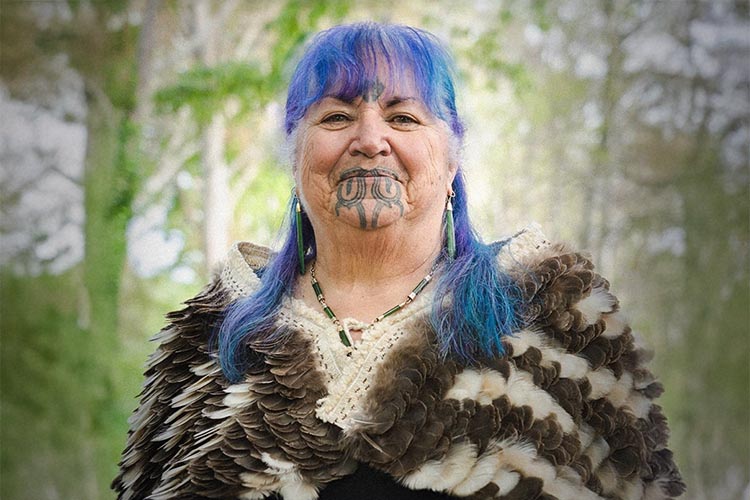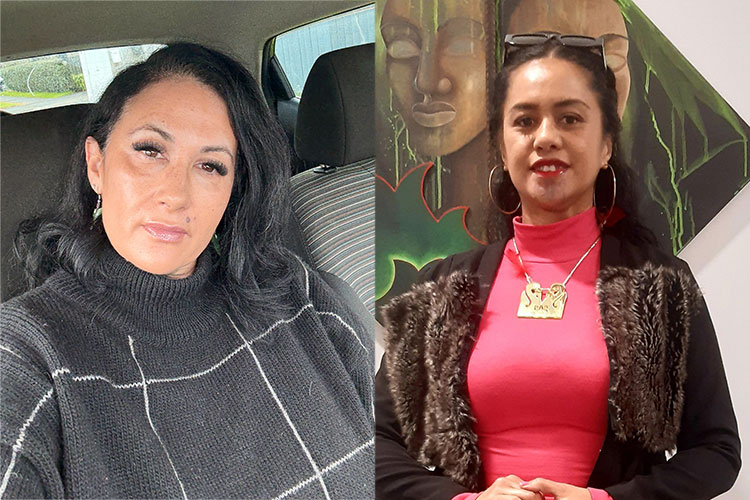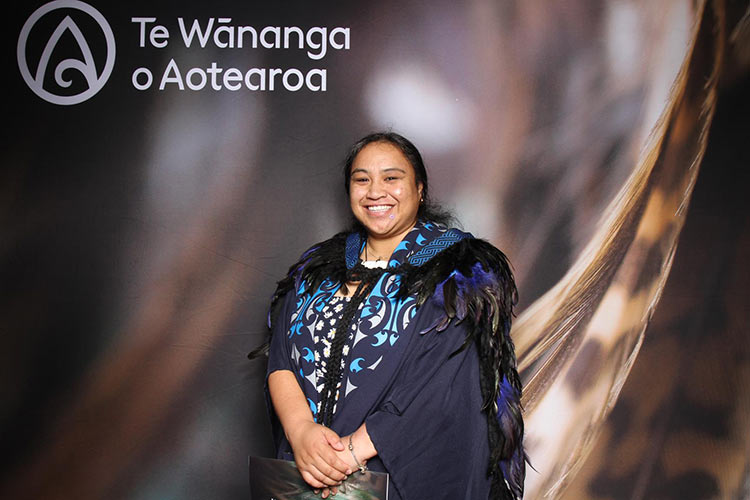The following article borrows heavily from an article that ran in the recent Education Gazette.
An ERO review of Te Wānanga o Aotearoa early learning centres has praised the five puna for the positive outcomes they promote for tamariki and their whānau.
And it says mainstream early learning centres could learn from them.
The Education Review Office report Tuia te here tangata - making meaningful connections builds on a 2012 ERO evaluation, Partnerships with Whānau Māori.
The evaluation found that what sets these puna apart is a commitment to working alongside whānau so that tamariki, their parents, and the puna are partners in learning.
Lynda Pura-Watson, who is the ERO’s deputy chief review officer Māori says these puna demonstrate important concepts that are worth sharing with the wider sector.
In their review, ERO found a number of common attributes that were present in each of the five Te Wānanga o Aotearoa puna.
A very strong element to come out of the report is that in each of the puna, the child is at the heart of what they do,” says Lynda.
Because children are the taonga, they are placed at the centre of the early learning environment. Kaiako know it’s about the needs of the child in front of them, who they are, and how they respond to being there.
They also know that a child’s whānau is not only a part of their learning journey, but instrumental to their success. This is about kaiako, tamariki and whānau learning and working together,” she says.
Other important elements found in the puna include a strong commitment to tikanga Māori and affirmation of culture and identity.
They include;
- Learning environments that reflect whānaungatanga as their foundation. Meaningful relationships between children, including tuakana/teina interaction.
- Language-learning strategies in both te reo Māori and English.The review found that whānau feel valued by staff and know they are integral to their children’s education
And because there are children at these puna who have parents attending classes at or are employed by Te Wānanga o Aotearoa, the spirit of learning is strong in the families.
"It’s about supporting generations of learners,” says Lynda.
“There are strong links from the puna to the home and back again.”
Tracey Mansell is the national manager of the puna for Te Wananga o Aotearoa.
In her work, she travels between the puna to support the teaching staff, whānau and children of each centre.
“I try to touch base with everybody,” says Tracey. “Regular visits to each puna are important to me to support the kaupapa, rather than being someone just sitting at head office making assumptions.”
Tracey’s role ranges from attending staff or whānau hui to helping with research being carried out alongside universities.
She believes the puna are special because they are closely aligned to the strategic goals and the vision of Te Wānanga o Aotearoa.
“The puna sit under the kaupapa of Te Wānanga o Aotearoa – we’re both aligned and contribute to the strategic goals, and the vision of whānau transformation through education.
“It’s not just about a tertiary strategy – it’s a whole life education strategy, and it’s by implementing the values of the organisation that we’re able to achieve that.”
When a child begins at one of the puna, they come with a whole whānau, says Tracey.
“Here at Te Wānanga o Aotearoa, it’s about generations of learners. Parents are learning, staff are learning – we’re all determined to ako – it’s not necessarily teachers who teach the children, but rather we are all learning from each other.”
“We are here to support them to achieve whatever the aspirations of the whānau might be.”
Tracey believes the ERO report captured the special characteristics of the puna – characteristics that might sometimes be difficult to define on paper.
“For me, the report really reflects the intrinsic concepts of whanaungatanga (interdependence/kinship), and mōhiotanga (sharing of knowledge), and manaakitanga (hospitality, or mana-enhancing behaviour) – our cultural values that are difficult to measure.
“They’re more felt than anything.”
And the whānau feel it too.
“This way of doing things creates a safe space,” says Tracey.
“Whānau are welcome to come in anytime, for however long they like – come in for a cup of tea, or stay the whole day if they like.”

